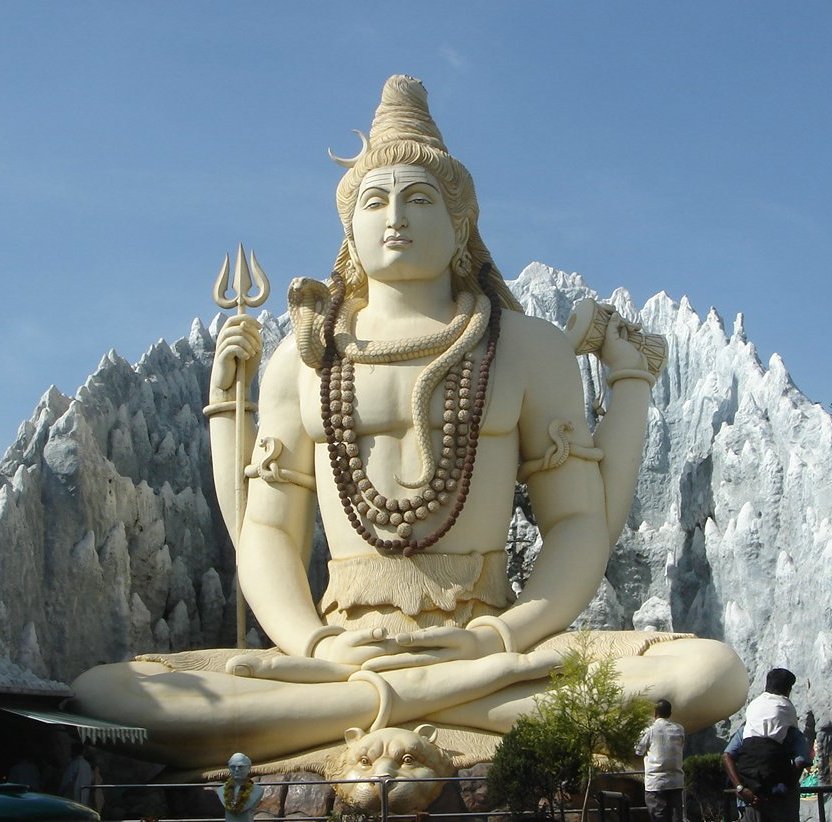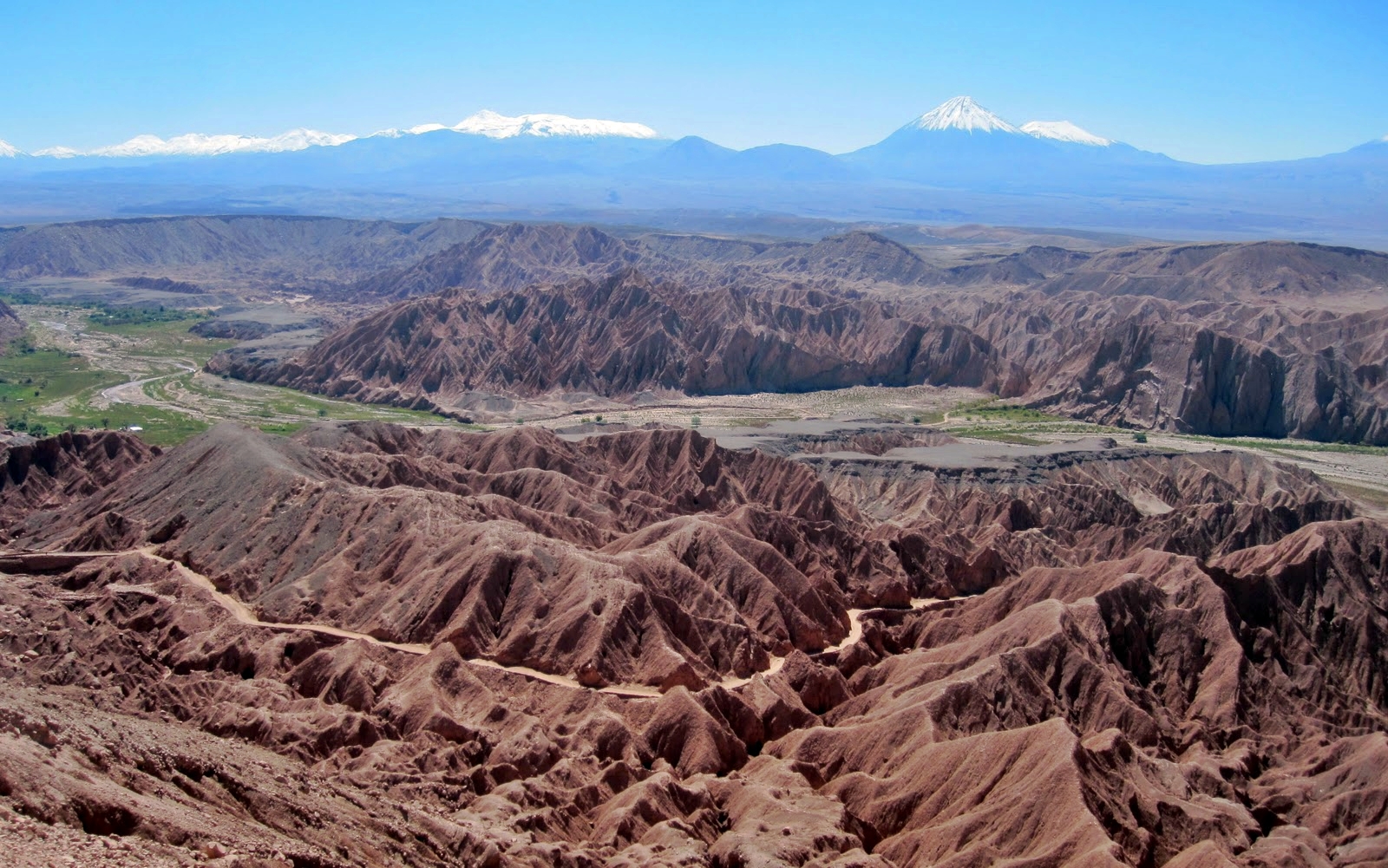|
ChiRunning
ChiRunning is a form of running influenced by t'ai chi. It has been described as a "quasi-yoga-based style of running that is purported to reduce injury risk". Principles ChiRunning has also been described as using "the principles of tai chi to focus on alignment, relaxation and proper form when running and walking". It is said to emphasize posture, core strength, relaxed legs, and "mindfulness". In supporting the principles of the ChiRunning method, the company maintains a Medical Advisory Board that consists of a panel of healthcare professionals who agree with and approve of the ChiRunning and ChiWalking methods of movement. Scientific Evidence A 2012 study, ''A Comparison of Lower Extremity Joint Work and Initial Loading Rates among Four Different Running Styles'', was conducted over the course of one year with 74 runners who were separated into four groups based on distinct running styles: traditional shoe wearing rearfoot strikers, certified Chi runners, minimalist shoe wea ... [...More Info...] [...Related Items...] OR: [Wikipedia] [Google] [Baidu] |
T'ai Chi Ch'uan
Tai chi (), short for Tai chi ch'üan ( zh, s=太极拳, t=太極拳, first=t, p=Tàijíquán, labels=no), sometimes called " shadowboxing", is an internal Chinese martial art practiced for defense training, health benefits and meditation. Tai chi has practitioners worldwide from Asia to the Americas. Early practitioners such as Yang Chengfu and Sun Lutang promoted the art for its health benefits beginning in the early 20th century. Its global following may be attributed to overall benefit to personal health. Many forms are practiced, both traditional and modern. Most modern styles trace their development to the five traditional schools: Chen, Yang, Wu (Hao), Wu, and Sun. All trace their historical origins to Chen Village. Concepts ''Yin'' and ''Yang'' The concept of the '' taiji'' ("Supreme Ultimate"), in contrast with '' wuji'' ("without ultimate"), appears in both Taoist and Confucian philosophy, where it represents the fusion or mother of yin and yang i ... [...More Info...] [...Related Items...] OR: [Wikipedia] [Google] [Baidu] |
Yoga
Yoga (; sa, योग, lit=yoke' or 'union ) is a group of physical, mental, and spiritual practices or disciplines which originated in ancient India and aim to control (yoke) and still the mind, recognizing a detached witness-consciousness untouched by the mind (''Chitta'') and mundane suffering ('' Duḥkha''). There is a wide variety of schools of yoga, practices, and goals in Hinduism, Buddhism, and Jainism,Stuart Ray Sarbacker, ''Samādhi: The Numinous and Cessative in Indo-Tibetan Yoga''. SUNY Press, 2005, pp. 1–2.Tattvarthasutra .1 see Manu Doshi (2007) Translation of Tattvarthasutra, Ahmedabad: Shrut Ratnakar p. 102. and traditional and modern yoga is practiced worldwide. Two general theories exist on the origins of yoga. The linear model holds that yoga originated in the Vedic period, as reflected in the Vedic textual corpus, and influenced Buddhism; according to author Edward Fitzpatrick Crangle, this model is mainly supported by Hindu scholars. According ... [...More Info...] [...Related Items...] OR: [Wikipedia] [Google] [Baidu] |
Neutral Spine
Spinal posture is the position of the spine in the human body. It is debated what the optimal spinal posture is, and whether poor spinal posture causes lower back pain. Neutral spine Looking directly at the front or back of the body, the 33 vertebrae in the spinal column should appear completely vertical. From a side view, the cervical (neck) region of the spine (C1–C7) is bent inward, the thoracic (upper back) region (T1–T12) bends outward, and the lumbar (lower back) region (L1–L5) bends inward. The sacrum (tailbone area) (S1–S5 fused) and coccyx (on average 4 fused) rest between the pelvic bones. A neutral pelvis is in fact slightly anteriorly rotated which means the anterior superior iliac spines should be just in front of the pubic symphysis not in the same vertical line. Posture abnormalities In medicine and occupations concerned with physical fitness, the concept of good posture is referred to as "neutral spine". In this context, proper posture or "neutral spine" ... [...More Info...] [...Related Items...] OR: [Wikipedia] [Google] [Baidu] |
Core Strength
In kinesiology, core stability refers to a person's ability to stabilize their core (all parts of the body which are not limbs). Stability, in this context, should be considered as an ability to control the position and movement of the core. Thus, if a person has greater core stability, they have a greater level of control over the position and movement of this area of their body. The body's core is frequently involved in aiding other movements of the body, such as running; thus it is known that improving core stability also improves a person's ability to perform these other movements. The body's core region is sometimes referred to as the torso or the trunk, although there are some differences in the muscles identified as constituting them. The major muscles involved in core stability include the pelvic floor muscles, transversus abdominis, multifidus, internal and external obliques, rectus abdominis, erector spinae (sacrospinalis) especially the longissimus thoracis, and the ... [...More Info...] [...Related Items...] OR: [Wikipedia] [Google] [Baidu] |
Ultramarathon
An ultramarathon, also called ultra distance or ultra running, is any footrace longer than the traditional marathon length of . Various distances are raced competitively, from the shortest common ultramarathon of to over . 50k and 100k are both World Athletics record distances, but some races are among the oldest and most prestigious events, especially in North America. Around 100 miles is typically the longest course distance raced in under 24 hours but there are also longer multi-day races of or more, sometimes raced in stages with breaks for sleep. While some ultras are road races, many take place on trails, leading to a large overlap with the sports of trail running and mountain running. Overview There are two main types of ultramarathon events: those that cover a specified distance or route, and those that last for a predetermined period of time (with the winner covering the most distance in that time). The most common distances are , , , and , although many races have ... [...More Info...] [...Related Items...] OR: [Wikipedia] [Google] [Baidu] |
Running By Type
Running is a method of terrestrial locomotion allowing humans and other animals to move rapidly on foot. Running is a type of gait characterized by an aerial phase in which all feet are above the ground (though there are exceptions). This is in contrast to walking, where one foot is always in contact with the ground, the legs are kept mostly straight and the center of gravity vaults over the stance leg or legs in an inverted pendulum fashion.Biewener, A. A. 2003. Animal Locomotion. Oxford University Press, US. books.google.com/ref> A feature of a running body from the viewpoint of spring-mass mechanics is that changes in kinetic and potential energy within a stride occur simultaneously, with energy storage accomplished by springy tendons and passive muscle elasticity. The term running can refer to any of a variety of speeds ranging from jogging to sprinting. Running in humans is associated with improved health and life expectancy. It is assumed that the ancestors of humankind ... [...More Info...] [...Related Items...] OR: [Wikipedia] [Google] [Baidu] |


.jpg)